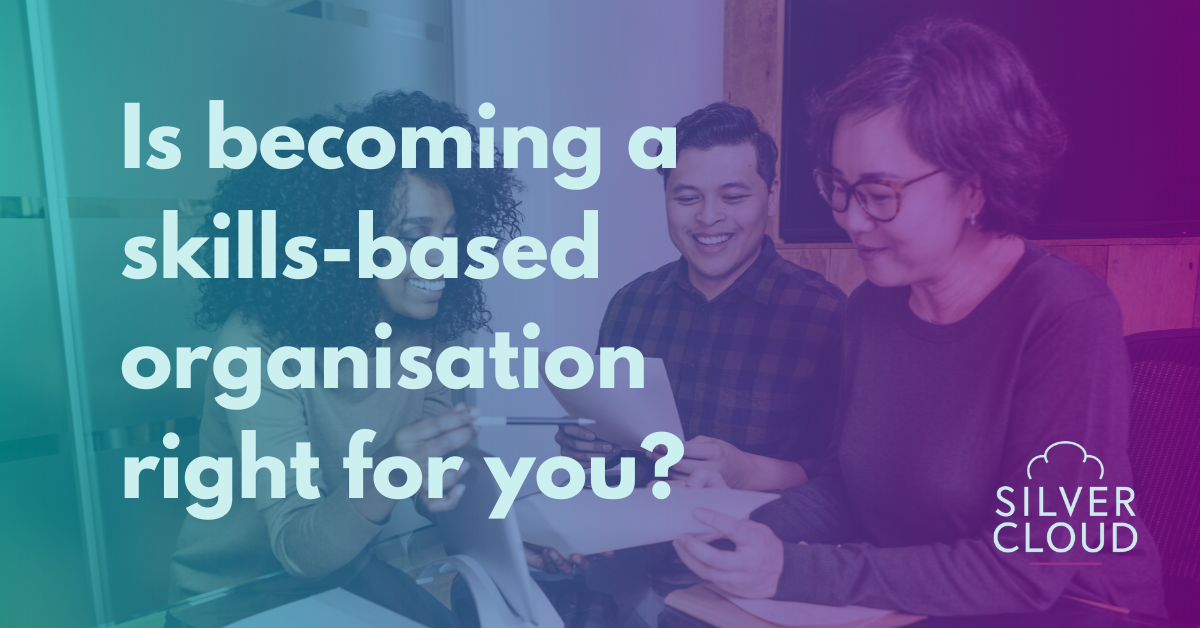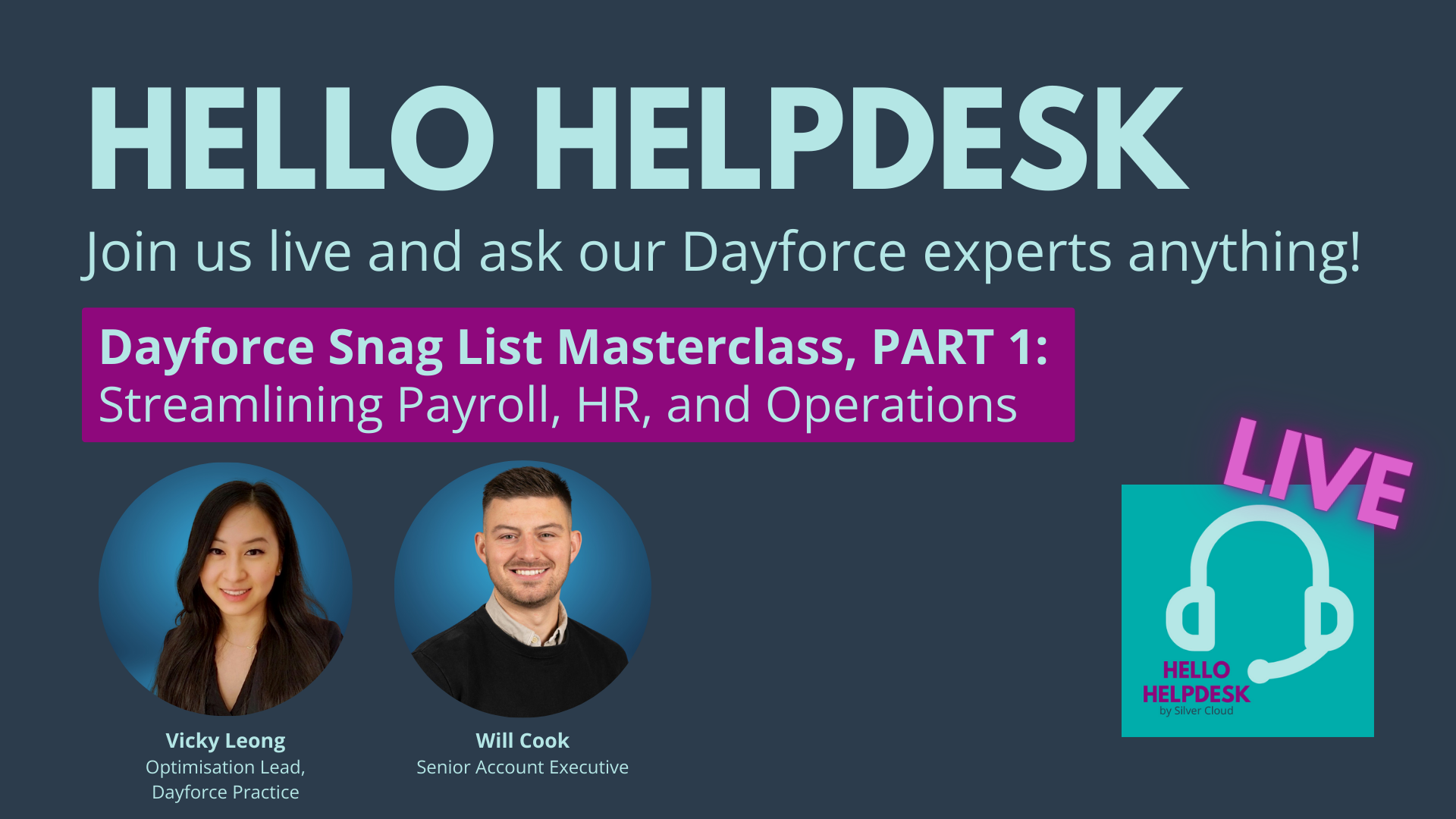How to successfully implement payroll software
by Silver Cloud

Working with unfamiliar technology, mapping and loading employee data, conducting parallel pay runs, ensuring software compatibility and training staff can seem overwhelming. However, when implementing payroll software, there are a number of essential steps you can take to help limit the stress...
Establish a timeline
Setting a timeline is one of the first and most important aspects of a successful payroll software implementation. It’s your roadmap on how to get from point A to point B.
You’ll want to start with your desired ‘go-live’ date and work backwards from there. The temptation is to get the system live as soon as possible. However, in our experience of supporting companies with payroll and HR software implementation, the best time is April - the beginning of a new tax year.
The further into a tax year you go, the more data you will have to manage, cleanse and evaluate.
It’s worth mentioning that newer systems on the market allow you to upload FPS files direct to HMRC which means that payroll reconciliation is a lot quicker – this also has the benefit of reducing the time needed for parallel runs (more about these below).
Make sure you’re fully prepared for parallel runs
Assuming you’re planning to go live in April, you’ll need to make significant resource and time allowances for the parallel pay runs. This is where you run your new software at the same time as your existing software with the same data input.
From a business perspective, you need to carefully time when you do this. You want the environment to be as close to a typical pay run period as possible. So, avoid periods of change (e.g. pay reviews or when you have an unusually high or variable number of seasonal staff).
Most parallel runs take three cycles. Resolving the discrepancies that emerge during this phase can be extremely time consuming. It’s impossible for a single person to run existing payroll whilst overseeing a parallel pay run.
With newer "real-time pay" payroll systems (i.e. where payroll is running all the time) it is possible to parallel run all month, rather than waiting for the end of the month to ‘press the button’. Whilst this won’t change things massively now, as the old system you are moving away from will still need a button pressed, in the future when you are moving from one real-time pay system to another - parallel run can happen anytime, which is exciting.
As a payroll manager, what are your options?
You could choose to outsource your entire implementation, but you won’t have the same amount of ownership of the project.
In our experience, payroll software implementation is most successful where a consultant is there to support the payroll manager. They offer best practice advice on testing and help to unpick all the inconsistencies that come out of a payroll run. The payroll manager remains the main driver of the project with the backing of a consultant who understands their chosen software inside-out. For complex payrolls, having this support is crucial.
Usually, another person is brought into payroll to run the live system for six months or so whilst the payroll manager steps into the project.
Minimise the number of pay groups
Most payroll software projects quickly follow HR software implementation. During an HRIS project, businesses are forced to take a cold hard look at their people data and discover inconsistent workflow patterns and procedures. The most frequent ones are employee absence schemes and shift differentials included in overtime for some departments but not others.
A successful payroll software implementation will need to resolve these messy and often quite complicated differences.
Often though, the creation of multiple pay groups is a result of software limitation rather than an operational need. To make your payroll software implementation less complicated, you’ll want to revaluate your pay groups and this process can be lengthy.
However, time at the beginning reducing the number of pay groups, will lessen the processing and software testing time.
Don't forget policy reviews
You’ll need to develop standard pay policies and procedures - especially with regards to absence policy and procedure as well as allowances and employee benefits. This is to ensure there aren’t any inconsistencies across the business.
Of course, any contractual policies will require employee consultation; the time for which will need to be factored into your implementation plan.
For example, pay on demand would require an entirely new policy and approach due to the various restrictions and understanding of employee self-service.
Integration considerations
There are some systems that you’ll need to integrate with your payroll software, including your finance for general ledger and HR systems, as well as external benefits and pensions providers.
But you must consider whether any upgrades or changes to these systems need to happen before integration. Try to establish this as early on as possible so that it doesn’t delay testing, and ultimately ‘go-live’.
Involve your employees in the process
Something we cover in our project readiness workshop is the need to engage with employees. Getting buy-in from them from the outset will mean they’ll be more accepting of change.
Ask them what they think about the proposed system and welcome their feedback on user experience. This is extremely important when introducing self-service functionality.
Where communications can falter, however, is with the exchange of information and change of processes between HR and Payroll. That’s why your implementation plan needs to test data accuracy as well as process.
Review regularly
The testing of data and processes shouldn’t stop once the new system is live. Payroll departments often come to the end of the tax year and find discrepancies. Even after a successful payroll software implementation this can happen; especially if a company is growing or goes through a merger or acquisition. Regular data reviews, at least once a quarter, allow for inconsistencies to be resolved throughout the year.
One thing we can be sure of though – you’ll have less issues post-implementation if you take a structured approach to payroll transformation.
Keeping these best practices in mind will help your payroll transformation run smoothly.
If you need a helping hand to implement your new payroll software, there’s lots of ways Silver Cloud can work with you, whether through a project readiness workshops, project management or implementation support.
Get in touch to discuss the best options for your organisation.
Download our FREE ebook to ensure a successful payroll implementation.
As a whole of market HRIS and payroll technology consultancy, there aren't many scenarios we haven't come across, whichever system you are implementing.
Benefit from our years of experience in successfully implementing people technology and discover the most common pitfalls and considerations to be made at each stage of your implementation project...




